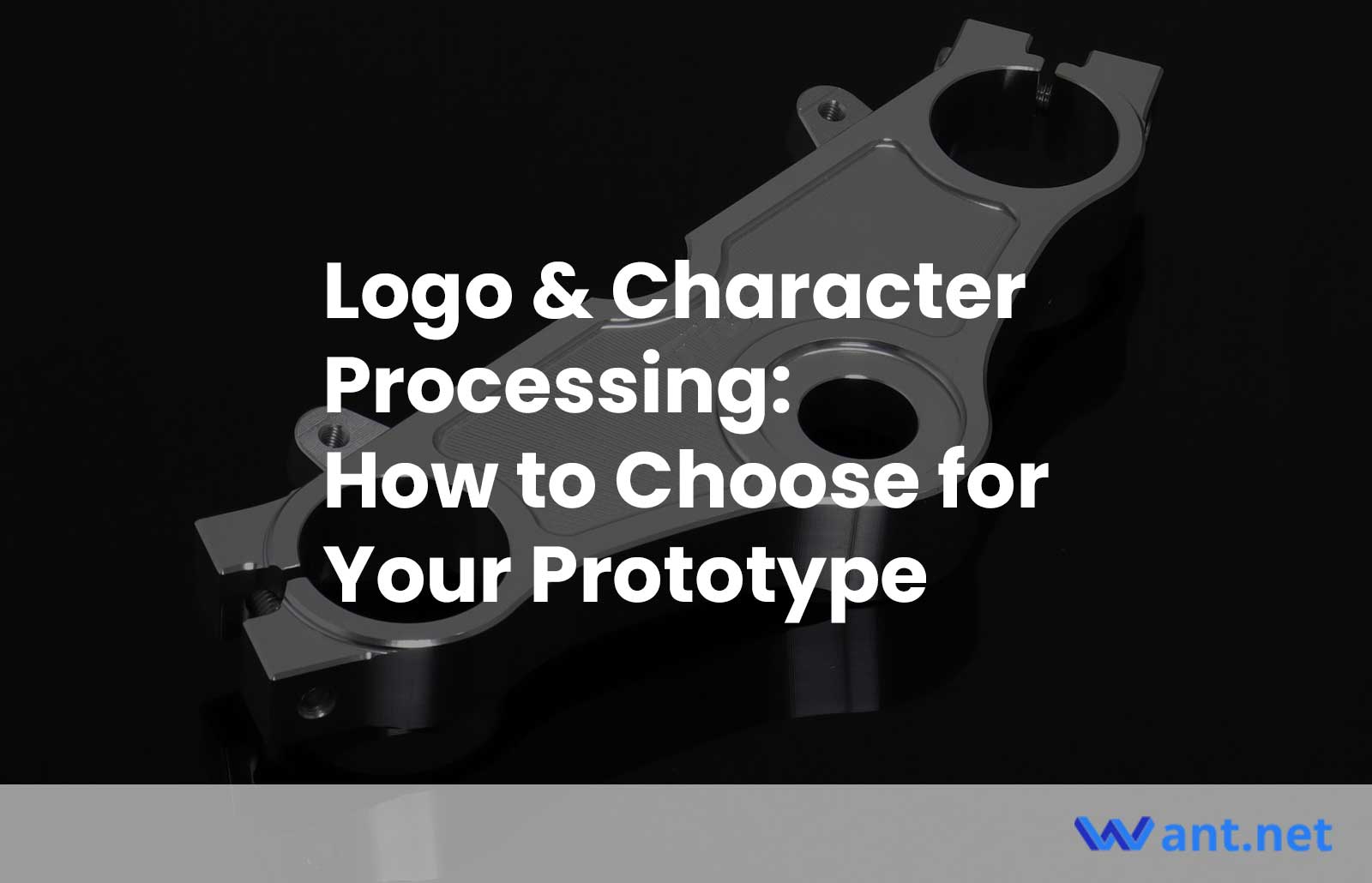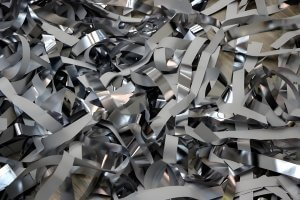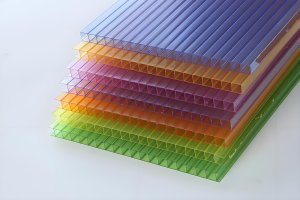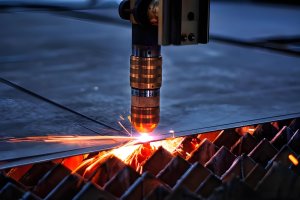In the prototype phase, one of the critical decisions we face is whether or not to process the character or logo and, if so, how to proceed. Selecting the right method is crucial to ensure the desired effect is achieved. In this article, we will explore the factors to consider when choosing a character/logo processing method for your prototype.
Define the Character’s Role and Desired Effect
Before delving into the processing methods, it is essential to clarify the role of the character and the desired effect it should have. Characters primarily serve as markers for identification purposes. During the prototype stage, where product designs are not yet finalized, unprocessed characters have little impact. However, if you want to distinguish different design versions or add a unique logo to the prototype, the method of character/logo processing becomes significant.
Understand the Processing Methods of Character/Logo
There are several common methods for creating characters and logos during the prototype stage. Let’s explore some of them:
Silkscreen and Pad Printing
Silkscreen and pad printing involve applying coatings on the part’s surface. These methods offer a wide range of color options, ensuring the desired effect can be achieved. Silkscreen is typically used for flat surfaces, while pad printing is more flexible and suitable for curved surfaces. The characters created through these methods protrude from the part’s surface and closely resemble the original design.
Laser Engraving
Laser engraving employs lasers to engrave characters onto the surface of the part. Unlike silkscreen and pad printing, laser engraving removes material from the parts, resulting in characters that are sunken into the surface. Initially, laser engraving can only display black and white characters. The high-temperature burning during the engraving process causes the surface to oxidize and turn yellow or black, resulting in the black color. However, with advancements in technology, color marking equipment is now available, offering more options for laser engraving characters.
CNC Processing
CNC processing, similar to laser engraving, involves removing material from the part itself. However, instead of engraving, it uses cutting tools to shape the characters. Unlike laser engraving, CNC processing retains the original color of the material since there is no high-temperature effect. It’s important to note that CNC-processed characters may not be an exact match to the original design due to the rounded nature of the machining tool.
Other Methods
In addition to the methods mentioned above, there are other ways to create characters in prototype manufacturing. For example, if the parts are made using 3D printing, vacuum casting, or injection molding, both concave and convex characters can be produced together with the parts. The character color will naturally align with the part’s color.
Different Sequences for Different Effects
The sequence in which the processing methods are applied can yield different results. For instance, let’s consider an aluminum 6061 part being processed through CNC machining. If the characters are laser engraved first and then the part is anodized black, the characters will remove the anodized layer, displaying the original color of the material. Conversely, if the part is anodized black before laser engraving, the character color will match the black anodized parts. This illustrates how the same process with different sequences can lead to distinct outcomes.
Choosing the Suitable Method for Your Character/Logo
If you’re uncertain about the ideal processing method for your prototype, seeking guidance from Want.Net can provide you with valuable insights. As an ISO9001-certified prototype company with over 20 years of experience, Want.Net specializes in complex CNC machining. We have encountered various requirements for realizing logos and characters, enabling us to offer professional suggestions tailored to your specific needs.
Whether you require convex, concave, or flush characters, Want.Net has the expertise to deliver exceptional results. For more information or to discuss your project, please feel free to contact us.
By carefully considering the role, desired effect, processing methods, and sequence of operations, you can ensure that the character/logo processing for your prototype meets your expectations and enhances the overall product design.
Recommended Reads:
- The 5-Step Guide to Mastering CAM in CNC Machining
- 4 Remarkable Uses of CNC Plasma Cutters
- Common Mistakes to Avoid When Writing G-Code
- 5 G-Code Commands Every CNC Machinist Needs to Know
- 4 Must-Know CAM Software for CNC Machining
Other Articles You Might Enjoy
- Prototype CNC Machining: Everything You Need to Know
The emergence of CNC machining has changed the entire manufacturing industry. This technology has been developed for more than 70 years and is now very mature. And used in various…
- Choosing the Right CNC Factory for Your Porudct Prototype
If a good design is the foundation of success, finding the perfect CNC factory is the crucial next step. You have an incredible design that you're eager to bring to…
- Analysis of processing difficulty of different materials in CNC processing
Introduction to CNC Processing and Material Selection CNC processing, a cornerstone of modern manufacturing, stands for Computer Numerical Control machining, a method where pre-programmed software commands the movement of factory…






